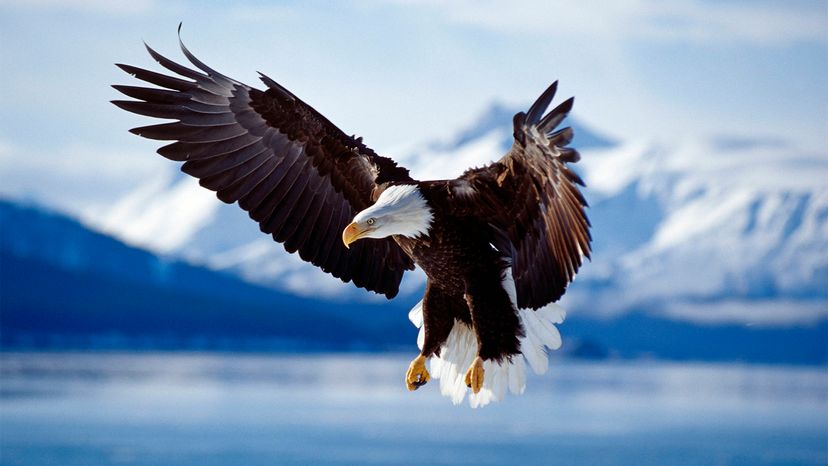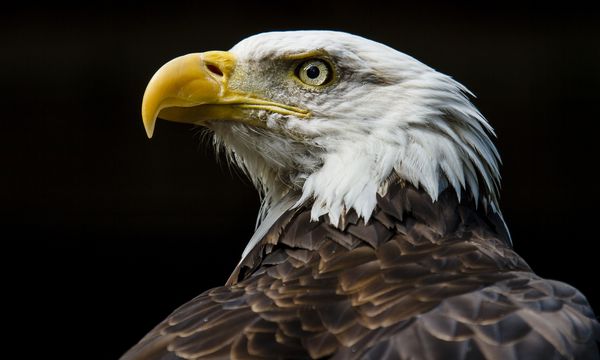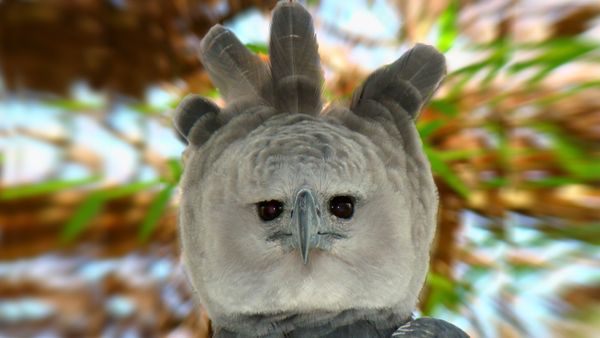
Let's face it: If you're a young nation selecting a national bird, choosing the bald eagle is like being People magazine and choosing the bird version of their sexiest man alive. It's got the unforgettable profile. The steely-eyed gaze. The dramatic white and brown coloring and awesome wingspan. At least that's probably what members of Congress thought in 1789 when the bald eagle was chosen to represent the fledgling nation. (Heh. Fledgling. Didja see what I did there?)
To get the scoop on our national bird, we talked to Scott Courdin, wildlife curator at the Center for Wildlife Education and the Lamar Q. Ball, Jr. Raptor Center at Georgia Southern University in Statesboro, Georgia. Courdin is an expert falconer, along with managing the center's menagerie, which includes two bald eagles. Here are seven interesting facts you should know about this special species:
Advertisement

